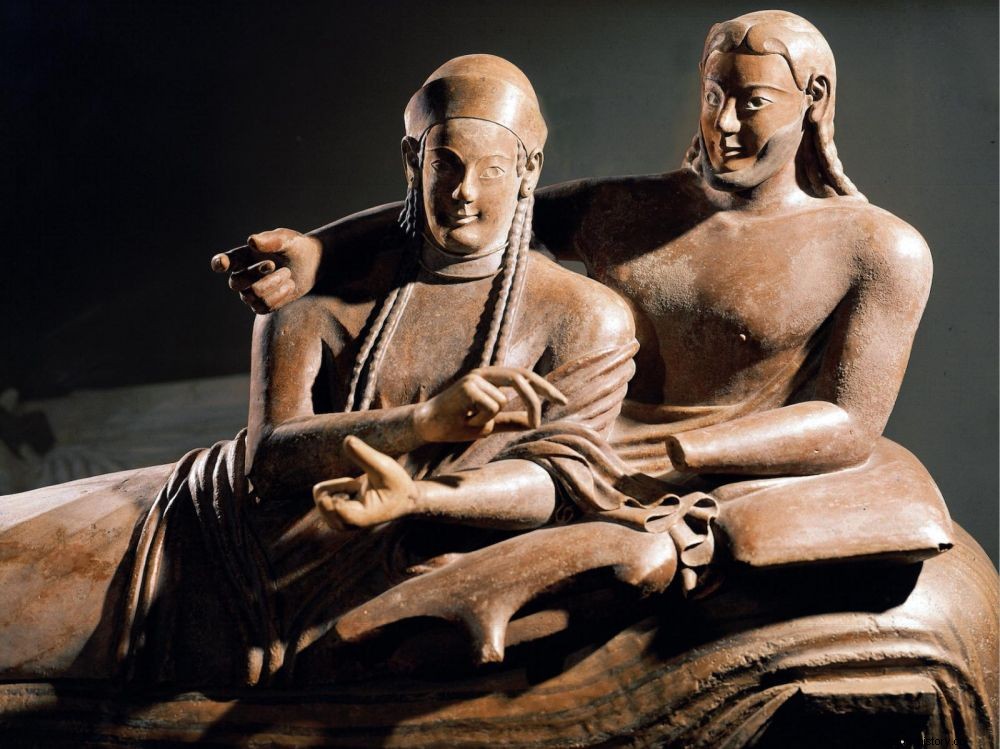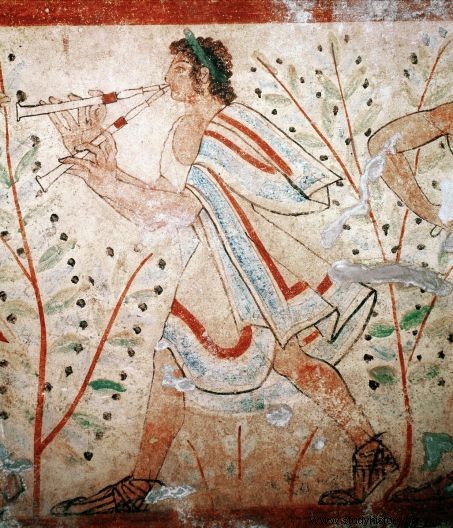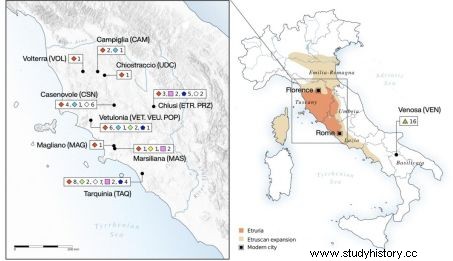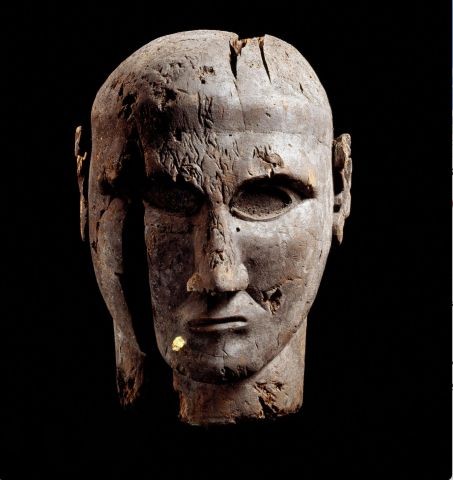New DNA analyzes look back on the origin and legacy left by the Etruscans (10 e -1 er century BC. J.C), the brilliant civilization that flourished in the Iron Age in central Italy.

The Sarcophagus of the Spouses is a monumental Etruscan funerary urn in terracotta, representing two spouses reclining in the pose of the Etruscan banquet (c. 520-510 BC)
Cerveteri, Tarquinia, Volterra... So many prestigious Etruscan cities, from this first great civilization of the Italian peninsula (800 to 50 BC). A very particular civilization that stood out from its contemporaries thanks to its remarkable metallurgical skills, its cultural productions, and its now extinct non-Indo-European language. This has sparked intense debate for centuries. Already in antiquity, the question of their origins tormented the great minds of the time. And during the Renaissance, scholars still continued to wonder about this brilliant and refined culture, which Rome - its great rival - had ended up supplanting by assimilating it after the Roman-Etruscan wars (264 BC). But where did these people come from? Had they arrived from the East, like the Greek historian Hellanicos of Lesbos (5 e century BC) told it? Were they Lydian settlers of ancient Greece from the south-west of present-day Turkey, another hypothesis supported by the historian Herodotus (5 e century BC)? Were they descendants of the Rhetians, peoples of the central Italian Alps? Only the Greek Dionysius of Halicarnassus, in the 1 st century BC. J.C, believed that the Etruscans were a population that had simply evolved on the spot, descended from the Villanovians, people of the Bronze Age who had preceded them. An explanation that seems to have consensus among current archaeologists.

Etruscan funerary art:one of the musicians of "The Tomb of the Leopards" located in the necropolis of Monterozzi, near Tarquinia (Viterbo), in Italy. © Leemage /AFP
In recent years, however, genetics has been trying to provide more precise answers. For example, a publication in the journal Science Advances delivers the results of a genomic analysis covering 2000 years of history, and this, on several regions of Italy:Tuscany, Basilicata and Lazio. It begins with the study of a first period stretching from the beginnings of the Iron Age (around 800 BC) to the dawn of our era, when the Etruscans evolved; a second, between the year 1 and 500 AD. J.C; finally, from 500 to 1000 AD. Carried out on the basis of a sampling of 82 ancient individuals collected from 12 archaeological sites, these analyzes were carried out using DNA extracted from a portion of the temporal bone and teeth. And the data obtained would be likely to resolve "key questions concerning the genetic origins of groups linked to the Etruscans, and their relationships with other contemporary and later populations", say the authors of the survey led by the famous paleogeneticist Johannes Krause, current director of the Max-Planck Institute for Evolutionary Anthropology in Jena (Germany).

Map of the Italian peninsula indicating the maximum extension of the Etruscan territories and the location of the archaeological sites from which the DNA samples analyzed come. © Max Planck Institute/ Johannes Krause / Science Advances
In the Iron Age, the Etruscan populations of central Italy were of local origin
These results indeed reveal that "the local gene pool is largely maintained through the first millennium BCE" . In other words, in the Iron Age, the Etruscan populations of central Italy were indeed of autochthonous origin and formed a homogeneous genetic group. Still according to these works, "despite the cultural and linguistic differences, the Etruscans do bear a genetic profile shared with other neighboring contemporary populations such as the Latins of Rome". And the authors conclude:"Contrary to some hypotheses, the Etruscan gene pool does not appear to derive from population movements from the Near East" . Which is to say that the genetic heritage of the Etruscans remained stable for at least 800 years, from the Iron Age to the period of the Roman Republic. These analyzes contradict work published by another team in 2017. This had been carried out using the mitochondrial DNA (mtDNA) of members of old Tuscan families established for several generations in localities linked to the most important Etruscan metropolises such as Murlo or Volterra. And the results seemed to show a relationship with populations of present-day Anatolia (Turkey), which was then interpreted as proof of a Near Eastern origin of the Etruscans.

Etruscan wooden head of the 7 th century BC. J.C, originally covered with gold, discovered in Vulci, in the province of Viterbo, Italy. © Luisa Ricciarini / Leemage /AFP
The publication of the journal Sciences Advances was also interested in other periods for these same regions. Result:a radically different situation could be observed between the dawn of our era and the 5 e century. Thus, during the Roman imperial period (1 st century BC-5 th AD), 50% of the population studied indicate that admixture occurred with eastern Mediterranean populations that likely included slaves and displaced soldiers within the Roman Empire. "This genetic shift clearly describes the role of the Roman Empire in the large-scale displacement of people, at a time of significant socio-economic and geographic mobility", explains Johannes Krause in a press release from the Max-Planck Institute. Later, in the High Middle Ages (500 and 1000 A.D.), after the collapse of the Western Roman Empire in 476, traces of migrations of individuals from northern Europe – including those associated with the Lombard kingdom– are also established.
Finally, other results highlight a continuum genetics between the populations of the High Middle Ages and those currently living in what corresponds to Tuscany, Basilicata and Lazio. They infer that the main pool of genes of the inhabitants of central Italy and those of southern Italy would have formed 1000 years ago, suggesting that the historical events of the first millennium of the Christian era had a major impact on the genetic transformations of much of the peninsula.
